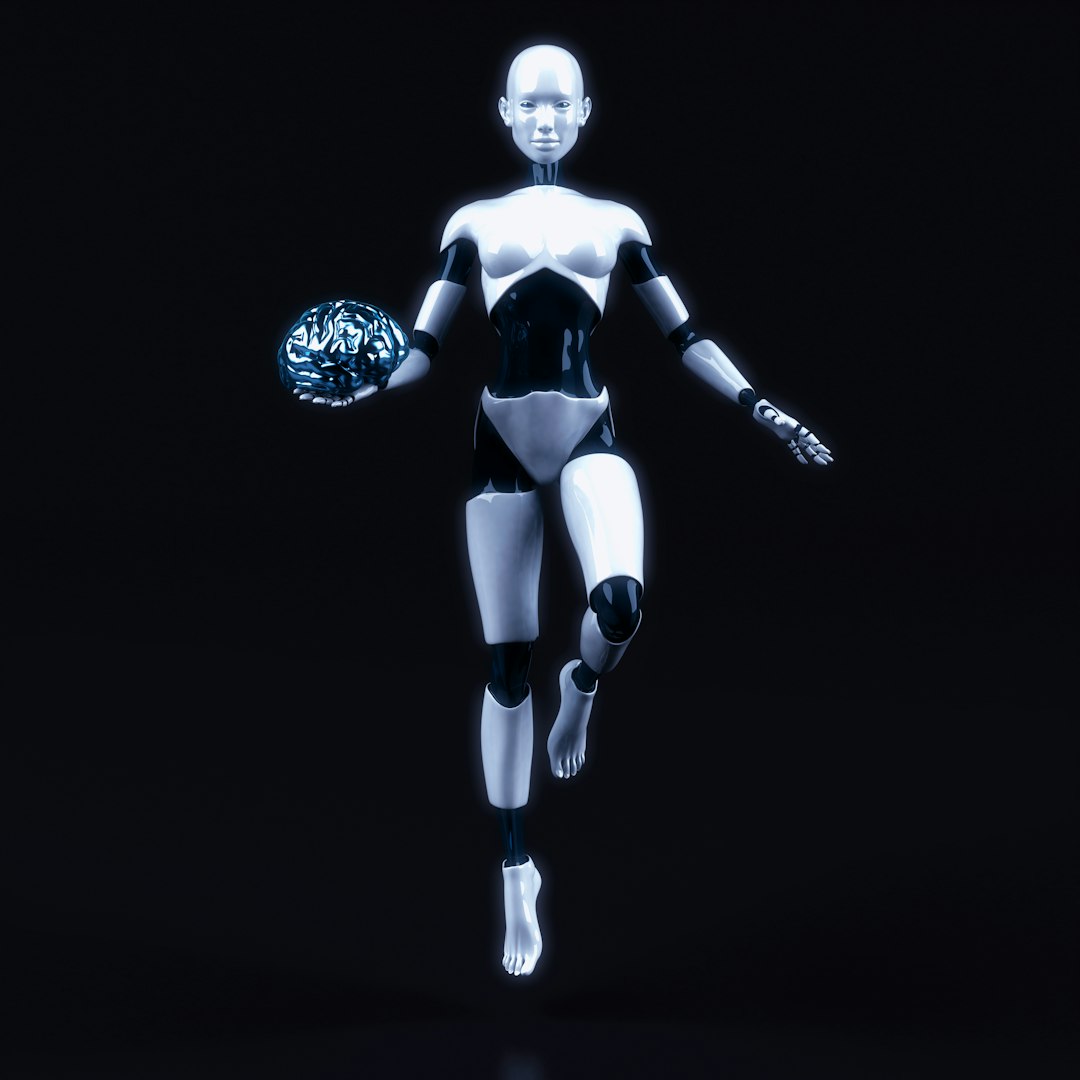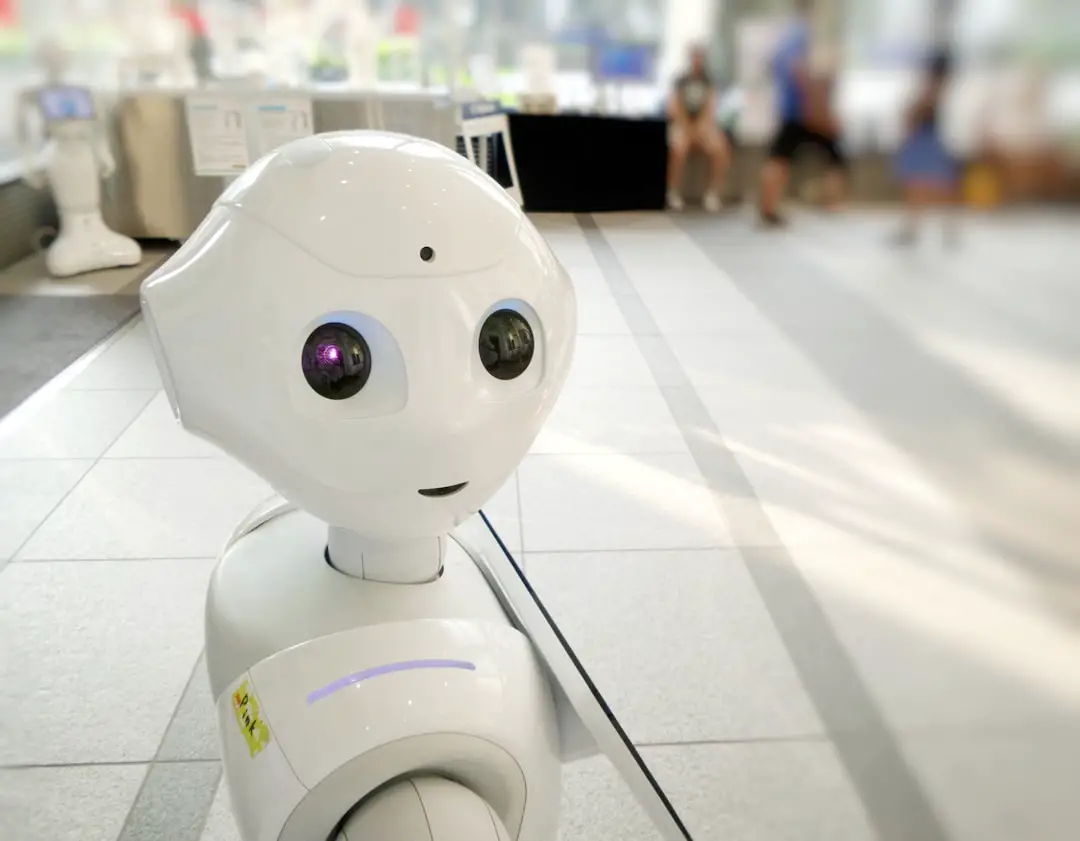Imagine a world where machines can think like humans, help us solve big problems, and even make us healthier and smarter. Sounds like a science fiction movie, right? But for one man, this future is not far away. His name is Ray Kurzweil, and he’s one of the world’s most famous thinkers when it comes to Artificial Intelligence (AI) and the future of technology.
Ray Kurzweil isn’t just a scientist. He’s an inventor, futurist, and author. He has worked on many amazing ideas, from speech recognition software to digital music systems. But what he is best known for are his bold predictions about the future of AI and humanity.
Who Is Ray Kurzweil?
Kurzweil was born in 1948 in New York. Even as a child, he loved building things. At the age of fifteen, he built a computer that could compose music! As he grew older, he continued to invent tools that changed the way we live. But what really sets Kurzweil apart is his ability to predict the future. And he’s often right!
One of his most famous books is called The Singularity Is Near. This book talks about a time when human intelligence and artificial intelligence merge. Kurzweil believes this moment—called the Singularity—will happen by the year 2045.

What Is the Singularity?
Let’s break it down. The Singularity is when machines become just as smart—or even smarter—than humans. But it’s not something to fear, according to Kurzweil. He thinks it will help us solve many of the world’s biggest problems.
Here’s what he believes machines will do:
- Improve healthcare: Smart machines will help doctors find cures and even prevent diseases.
- Expand knowledge: AI will help us learn faster and understand the universe more deeply.
- Boost human abilities: Kurzweil says we will be able to connect our brains directly to the cloud, gaining instant knowledge and enhanced memory.
How Close Are We to Kurzweil’s Predictions?
Some of the things he predicted have already happened. Years ago, he said that computers would beat humans at chess, and they did. He also predicted that we would have smartphones with built-in AI assistants, like Siri and Google Assistant.
But the biggest changes are still coming. Scientists and engineers around the world are racing to build machines that can learn, reason, and improve themselves—just like people. This kind of AI is called Artificial General Intelligence (AGI).
Kurzweil believes AGI is possible—and sooner than many expect. In fact, he thinks it will appear sometime around 2029. That’s not very far off!
Kurzweil’s Thoughts on Human Life
One of Kurzweil’s most exciting ideas is that humans could live much longer, even forever. How? Through a mix of AI, nanotechnology, and biology. He says that tiny robots, called nanobots, could one day swim through our bloodstream to fix health problems, like damaged cells or clogged arteries.

He also believes that we’ll be able to store our memories and thoughts digitally. So if you ever forget where you put your keys, your brain-cloud could help you find them!
Is All of This Really Possible?
Some people think Kurzweil’s ideas are too wild or optimistic. But it’s hard to ignore his track record. Over the years, more than 80% of his predictions about technology have come true. Of course, not everything happens on schedule—as technology can be tricky. But many scientists and tech leaders agree that Kurzweil is onto something important.
Things Kurzweil Believes Technology Will Help Us Do
- Defeat diseases like cancer and Alzheimer’s
- Understand space and perhaps even explore other planets
- Make education faster and tailored to each person
- Eliminate poverty through smart resource management
- Connect everyone on Earth with digital communication
He believes technology is an extension of human intelligence. It helps us think better, act faster, and live healthier. In his view, humans and machines don’t have to be enemies. Instead, they can become partners.
Kurzweil’s Work at Google
Did you know that Ray Kurzweil works at Google? Since 2012, he has been a part of their team, helping build smarter AI. His work focuses on natural language processing—teaching machines to understand and use human language. This is what allows Google to answer your voice search questions or translate texts into other languages.
With Kurzweil helping lead the charge, Google is working toward creating systems that truly understand us—with the goal of making life better for everyone.
Will AI Replace Humans?
Some people worry that AI will take away jobs or control too much of our lives. Kurzweil understands these concerns. But he believes that AI will create more opportunities than it destroys.
He says that throughout history, technology has always changed work. When cars were invented, jobs related to horses went away. But new jobs, like mechanics and drivers, were created. Kurzweil thinks the same will happen with AI and robotics.
Instead of replacing humans, he says, AI will free us from boring tasks and give us more time to be creative, learn new skills, and focus on what really matters to us.
How Can You Prepare for the Future?
Kurzweil encourages people of all ages to learn about technology. The more we know, the more we can shape the future. You don’t have to become a computer scientist. Just stay curious and open-minded.
Here are a few small ways to prepare:
- Read about emerging tech like AI, gene editing, and robotics
- Try simple coding games or apps
- Ask questions and explore how tech already affects your life
- Dream big about what you’d like the future to look like
A Future Full of Possibility
Ray Kurzweil’s vision of the future is both exciting and challenging. It’s a future filled with smart machines, longer lives, and brain-cloud connections. Yes, it might sound strange—but no more strange than talking to a phone used to sound just a few decades ago!
The key idea is this: technology should help us become the best versions of ourselves. Whether it’s fighting disease, solving global problems, or unleashing our creativity, AI can be an amazing partner.

Final Thoughts
Kurzweil reminds us that the future isn’t something we just wait for—it’s something we build. Every choice we make today, from how we use our phones to the things we teach our children, shapes the world of tomorrow.
So let’s be bold, let’s be smart, and most importantly, let’s be human as we move forward into a future full of possibilities!
